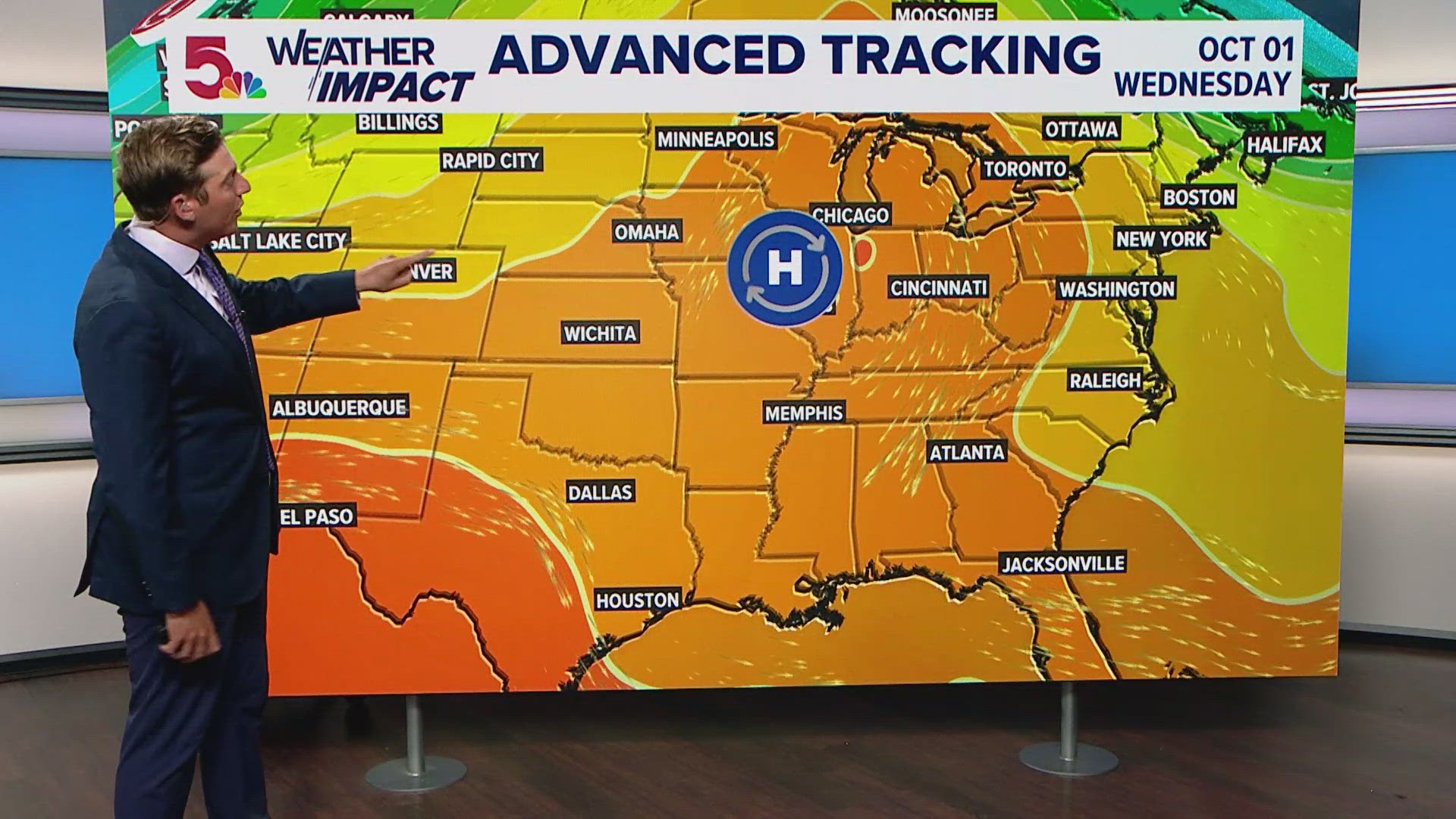
Sustainable Development Goals and Biodiversity Loss
Introduction
Posted on 25 April 2024
By mid-century climate change is set to become the primary cause of biodiversity loss, but there is still time to reduce the impact on global ecosystems and species, scientists say.
Study Findings

The purpose of the study is not to predict what will happen, but to understand alternatives and avoid these trajectories, the researchers say.
The projection comes from a new study led by the German Centre for Integrative Biodiversity Research (iDiv) and the Martin Luther University Halle-Wittenberg (MLU), and involving a researcher at the University of York.
In the largest multi-model study of its kind, the research also confirms that land-use change (such as cutting down forests to create agricultural land) is the largest driver of biodiversity loss in the present day and may have already caused a global biodiversity decline of between two and eleven percent.
To provide “the most comprehensive estimate of biodiversity trends worldwide” the scientists looked at thirteen different ways of predicting how changes in land-use and climate change might affect four different measures of wildlife diversity, like the variety of species, and nine ways that nature benefits us, like clean water and pollination.
Future Scenarios
While land-use change will remain relevant, climate change stands to put additional strain on biodiversity and ecosystem services by 2050, according to the findings.
The researchers assessed three widely-used scenarios for the future – from a sustainable development to a high emissions scenario. For all scenarios, the impacts of land-use change and climate change combined result in biodiversity loss in all world regions.
While the overall downward trend is consistent, the study identified considerable variations across world regions, models, and scenarios.
Avoiding Trajectories
Co-author of the study and co-lead of the model analyses, Dr Inês Martins from the Leverhulme Centre for Anthropocene Biodiversity at the University of York, said: “The purpose of long-term scenarios is not to predict what will happen. Rather, it is to understand alternatives, and therefore avoid these trajectories, which might be least desirable, and select those that have positive outcomes.”
“Trajectories depend on the policies we choose, and these decisions are made day by day.”
The authors also note that even the most sustainable scenario assessed does not deploy all the policies that could be put in place to protect biodiversity in the coming decades. For instance, bioenergy deployment, one key component of the sustainability scenario, can contribute to mitigating climate change, but can simultaneously reduce species habitats. In contrast, measures to increase the effectiveness and coverage of protected areas or large-scale rewilding were not explored in any of the scenarios.
Effective Policies
Assessing the impacts of concrete policies on biodiversity helps identify those policies most effective for safeguarding and promoting biodiversity and ecosystem services, according to the researchers.
First author of the study, Professor Henrique Pereira, from iDiv and MLU, said: “Our findings clearly show that current policies are insufficient to meet international biodiversity goals. We need renewed efforts to make progress against one of the world’s largest problems, which is human-caused biodiversity change.”
Explore more news
SDGs, Targets, and Indicators
-
SDG 13: Climate Action
- Target 13.1: Strengthen resilience and adaptive capacity to climate-related hazards and natural disasters
- Target 13.2: Integrate climate change measures into national policies, strategies, and planning
- Target 13.3: Improve education, awareness-raising, and human and institutional capacity on climate change mitigation, adaptation, impact reduction, and early warning
The article discusses the impact of climate change on biodiversity loss and highlights the need to reduce its impact on global ecosystems and species. This aligns with the goals of SDG 13, which aims to take urgent action to combat climate change and its impacts.
-
SDG 15: Life on Land
- Target 15.1: By 2020, ensure the conservation, restoration, and sustainable use of terrestrial and inland freshwater ecosystems and their services
- Target 15.5: Take urgent and significant action to reduce the degradation of natural habitats, halt the loss of biodiversity, and protect and prevent the extinction of threatened species
- Target 15.9: By 2020, integrate ecosystem and biodiversity values into national and local planning, development processes, poverty reduction strategies, and accounts
The article highlights land-use change as the largest driver of biodiversity loss and emphasizes the need for sustainable development to protect biodiversity. These align with the goals of SDG 15, which aims to protect, restore, and promote sustainable use of terrestrial ecosystems, sustainably manage forests, combat desertification, halt and reverse land degradation, and halt biodiversity loss.
Table: SDGs, Targets, and Indicators
| SDGs | Targets | Indicators |
|---|---|---|
| SDG 13: Climate Action |
|
No specific indicators mentioned in the article. |
| SDG 15: Life on Land |
|
No specific indicators mentioned in the article. |
Copyright: Dive into this article, curated with care by SDG Investors Inc. Our advanced AI technology searches through vast amounts of data to spotlight how we are all moving forward with the Sustainable Development Goals. While we own the rights to this content, we invite you to share it to help spread knowledge and spark action on the SDGs.
Fuente: york.ac.uk

Join us, as fellow seekers of change, on a transformative journey at https://sdgtalks.ai/welcome, where you can become a member and actively contribute to shaping a brighter future.






